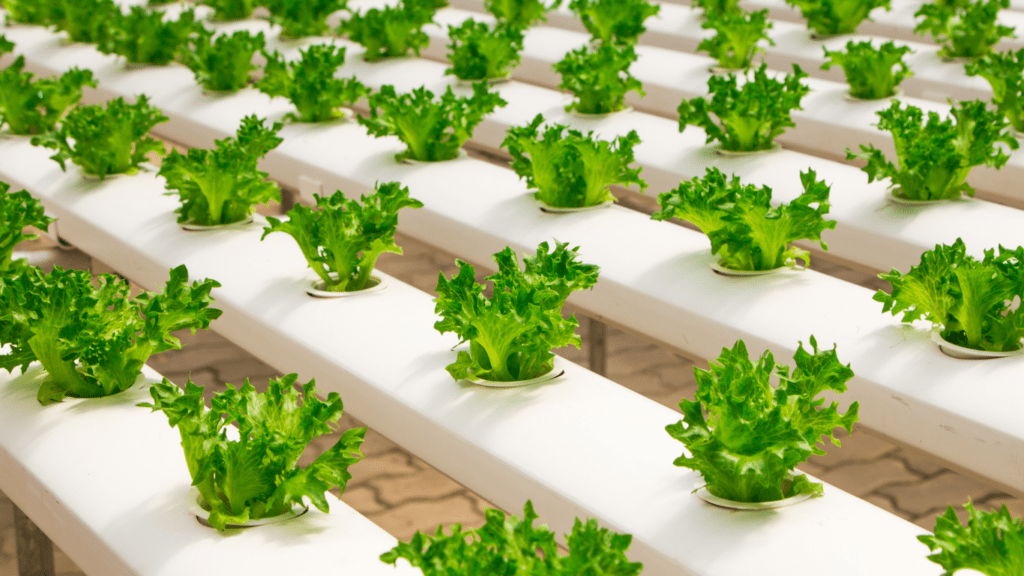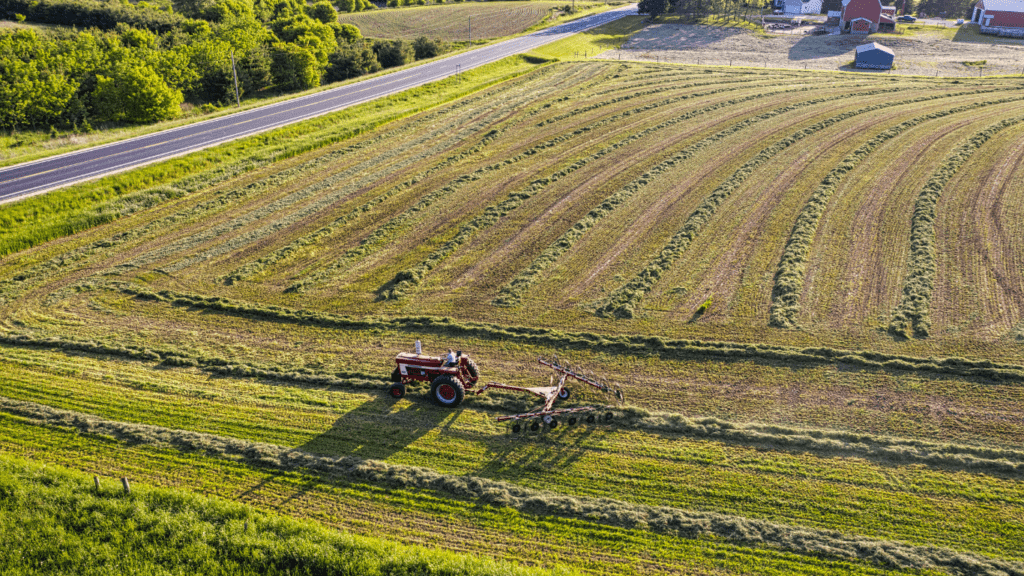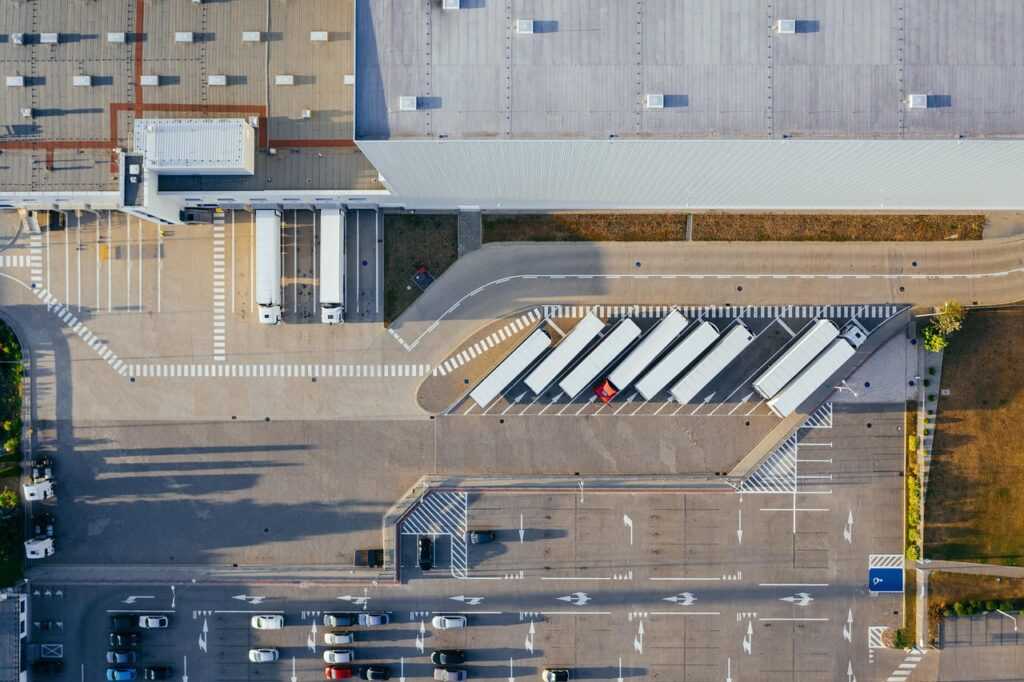Overview of Sustainable Agriculture
Sustainable agriculture integrates traditional farming wisdom and innovative technologies to create resilient agricultural systems. By balancing environmental health, economic profitability, and social equity, it ensures long-term productivity without depleting natural resources. For example, crop rotation and intercropping reduce soil erosion and enhance biodiversity, addressing ecological concerns.
Economic viability forms an essential pillar of sustainable agriculture. Farmers adopt practices like organic farming and agroforestry that produce healthier food while fetching higher market prices, improving income stability. These methods use fewer synthetic inputs, reducing production costs and environmental impact.
Social equity ensures fair treatment and wages for workers, fostering community resilience. Sustainable models often engage local farmers in decision-making, improving trust and cooperation. Initiatives promoting farmer education and access to resources empower underserved communities, ensuring everyone benefits from sustainable practices.
Combining these elements, sustainable agriculture practices don’t just maintain but improve soil fertility, water quality, and biodiversity, contributing to a healthier planet. Techniques like conservation tillage and Integrated Pest Management (IPM) optimize resource use and minimize waste, reinforcing the sustainability of agricultural ecosystems.
Emerging trends, such as precision agriculture and regenerative farming, exemplify the dynamic nature of sustainable practices. Precision agriculture uses data analytics for efficient resource application, while regenerative farming prioritizes soil health and ecosystem balance. Adopting these trends promises continual innovation and adaptation in agricultural practices.
Sustainable agriculture recognizes the interconnectedness of all farming aspects, promoting a holistic approach. It strives to harmonize the needs of people, planet, and profit, ensuring agriculture’s role in a sustainable future is both productive and equitable.
Precision Farming
Precision farming leverages technology to enhance agricultural productivity and sustainability. It supports informed decision-making and efficient resource use.
Use of Drones
Drones, also known as unmanned aerial vehicles (UAVs), play a critical role in precision farming. They provide high-resolution images of fields, helping farmers monitor crop health, assess damage, and manage resources effectively. Using drones, farmers can swiftly detect issues like pest infestations or nutrient deficiencies, leading to timely interventions. Additionally, drones assist in optimized field spraying and seeding, ensuring uniform application and reducing waste.
Soil Health Monitoring
Soil health monitoring is essential for sustainable agriculture, and precision farming dramatically improves this process. Sensors and IoT devices measure parameters like:
- soil moisture
- pH levels
- nutrient content
Continuous monitoring enables farmers to apply fertilizers and water more efficiently, enhancing crop yield and soil fertility. Geo-referenced data maps areas needing specific treatments, promoting targeted interventions and sustainable land use.
Organic Farming
Organic farming, a key trend in sustainable agriculture, focuses on using natural processes and inputs. It avoids synthetic chemicals to enhance soil fertility and crop health.
Benefits of Organic Techniques
Organic farming delivers several benefits:
- Enhanced Soil Health: Organic methods improve soil structure by increasing organic matter content, which supports better water infiltration and retention.
- Biodiversity: Fields managed organically often support more diverse ecosystems, including beneficial insects and native plants.
- Healthier Produce: Organic produce contains fewer residues of synthetic pesticides, offering potentially healthier food choices.
- Environmental Impact: By avoiding synthetic chemicals, organic farming reduces pollution and conserves water resources.
- Yield Gaps: Organic farms sometimes produce lower yields compared to conventional farms, potentially affecting profitability.
- Pest and Disease Management: Controlling pests and diseases without synthetic chemicals can be more labor-intensive and less predictable.
- Certification Costs: Achieving and maintaining organic certification involves costs and rigorous documentation.
- Market Competition: Organic farmers often face stiff competition from both traditional and other organic producers, affecting market pricing.
Agroforestry Practices
Agroforestry combines agriculture and forestry to create synergistic benefits for both crops and trees. It supports sustainable land use, enhances biodiversity, and improves local ecosystems.
Integrated Land Management
Integrated land management within agroforestry involves the strategic combination of trees, crops, and animals. Crop yields improve and soil erosion reduces by planting trees around agricultural fields.
For instance, in silvopasture systems, integrating trees and livestock promotes healthier soils and provides shade for animals. This approach maximizes land productivity and contributes to ecosystem stability.
Carbon Sequestration Benefits
Carbon sequestration occurs when trees capture atmospheric carbon dioxide, storing it in biomass and soil. Agroforestry systems enhance this process, mitigating climate change.
Diverse tree species in these systems increase organic carbon content in the soil, which benefits long-term agricultural productivity. Studies show that agroforestry can sequester between 1.5 to 3.5 metric tons of carbon per hectare annually, which contributes significantly to reducing greenhouse gases.
Vertical Farming Innovations

Vertical farming transforms urban agriculture by growing crops in vertically stacked layers. This method integrates technology and sustainable practices to maximize space and resources.
Urban Agriculture Potential
Vertical farming harnesses urban spaces, enabling fresh produce cultivation in cities. This urban agriculture reduces transportation emissions and brings food production closer to consumers.
By utilizing abandoned buildings and rooftops, vertical farms thrive in densely populated areas, addressing food insecurity and creating local employment opportunities.
Resource Efficiency
Vertical farming optimizes resource use, reducing water and energy consumption. Using hydroponics or aeroponics systems, these farms consume up to 95% less water than traditional methods.
LED lighting simulates sunlight, cutting energy costs and enabling year-round crop production. Automated climate control and nutrient management systems ensure efficient growth, minimizing waste and maximizing yields.
Role of Biotechnology
Biotechnology transforms sustainable agriculture by introducing innovative solutions that align with environmental and economic goals. It enhances productivity and reduces negative impacts on ecosystems.
Genetically Modified Crops
Genetically modified (GM) crops offer notable benefits for sustainable agriculture. They increase yields and resistance to pests while reducing the need for chemical inputs.
For example, Bt cotton incorporates a gene from Bacillus thuringiensis, making it resistant to specific pests and reducing pesticide use. Another example includes Golden Rice, genetically modified to provide essential vitamin A, addressing nutritional deficiencies in many regions. Reduced pesticide use not only lowers production costs but also minimizes environmental harm.
Bio-fertilizers and Bio-pesticides
Bio-fertilizers and bio-pesticides provide eco-friendly alternatives to chemical counterparts. Bio-fertilizers enhance soil fertility by fixing atmospheric nitrogen, solubilizing soil phosphorus, and stimulating plant growth through natural processes. Rhizobium and Azospirillum, for instance, contribute essential nutrients that improve soil health and crop productivity.
Bio-pesticides derived from natural materials, such as beneficial bacteria or plant extracts, target specific pests without harming beneficial organisms. Bacillus thuringiensis, a popular bio-pesticide, effectively controls insects while maintaining ecological balance. These sustainable inputs reduce reliance on synthetic chemicals, fostering healthier agricultural systems.
Policy and Regulations
Policy and regulations form the backbone of sustainable agriculture, driving industry practices and shaping farmer behavior.
Government Initiatives
Governments worldwide play a crucial role in promoting sustainable agriculture. Subsidies target eco-friendly farming methods, rewarding practices like organic farming, crop rotation, and reduced pesticide use.
The U.S.’s Conservation Reserve Program incentivizes farmers to convert marginal farmland into conservation areas to improve water quality and reduce soil erosion. The European Union’s Common Agricultural Policy includes measures supporting sustainable farming, such as greening payments linking subsidies to environmental benefits.
International Agreements
International agreements bolster global cooperation on sustainable agriculture. The Paris Agreement, ratified by 196 nations, aims to limit global warming and underscores the agricultural sector’s role in climate mitigation and adaptation.
The United Nations’ 2030 Agenda for Sustainable Development includes 17 Sustainable Development Goals (SDGs), with SDG 2 focused on eradicating hunger through sustainable food production systems. The Convention on Biological Diversity fosters agricultural biodiversity, encouraging practices that conserve genetic resources.



